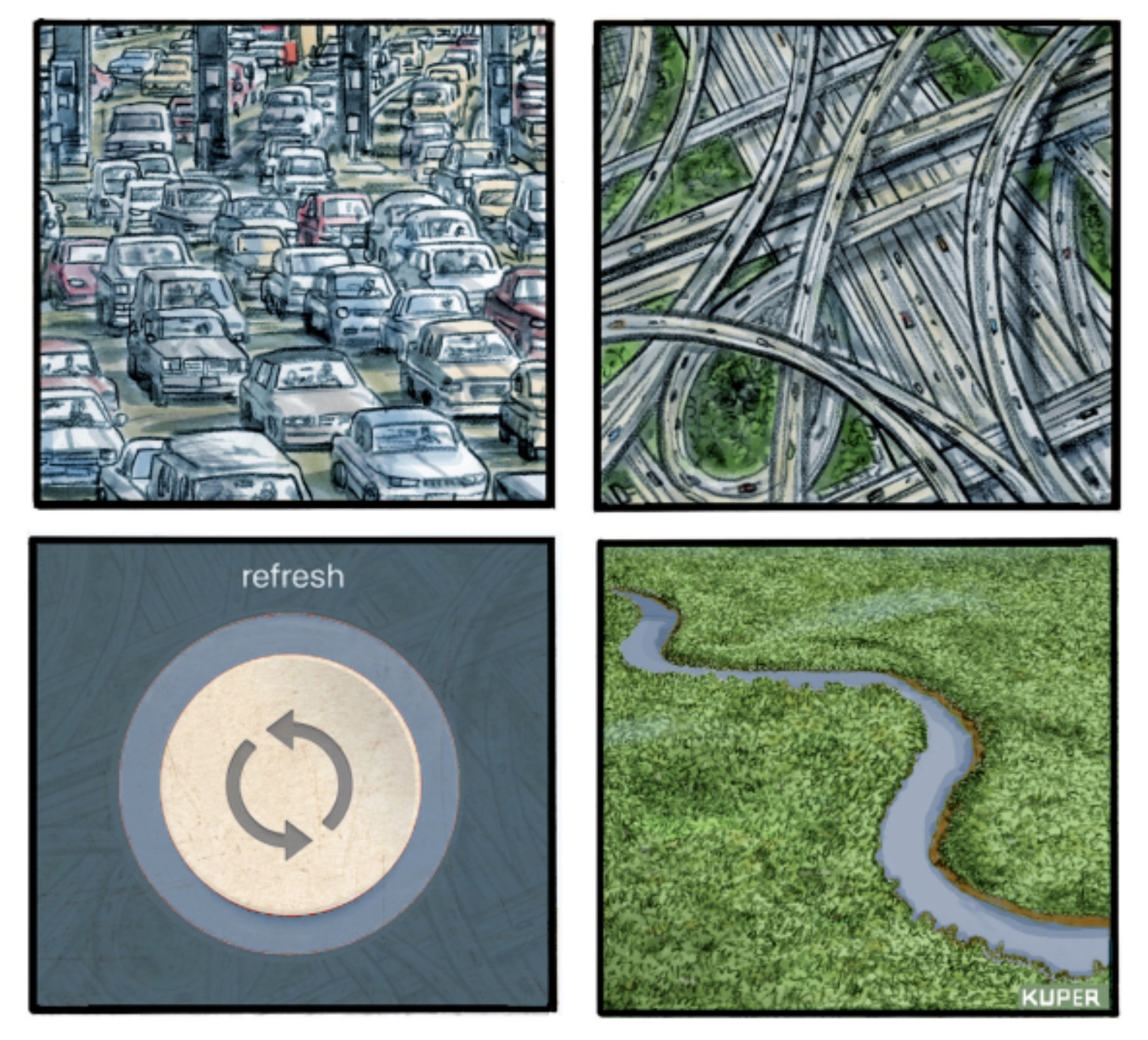Refreshing the Planet
Santa Barbara Plans to Replace Fossil Fuels with Clean Energy

For more than a century, fossil fuels — coal, oil, and gas — have raised living standards for people around the world. But today we know that the prosperity these fuels enabled has come at an unbearable cost. The air pollution alone from burning these fuels causes more than 7 million deaths annually — far more than COVID, HIV/AIDS, malaria, or war.
Many of the gases contained in fossil-fuel pollution accumulate in the atmosphere for hundreds of years where they trap heat, which increases Earth’s temperatures, melts polar ice, destabilizes the jet stream and the Gulf Stream, raises sea levels, and creates extreme weather events. Unless we stop burning these fuels, and do it fast, the very stability of human civilization is at risk.
The truth is, we are not stuck with fossil fuels as the only way to power our economies. In recent years clean energy resources, primarily solar and wind, have become sufficient to supply more than enough energy for our needs, and do it at a cost that allows a quick transition.
Solar and wind energy are already cheaper than fossil fuels and they fuel our economies without harming our health or disrupting our climate. In 2022, after decades of study, the United Nations Intergovernmental Panel on Climate Change (IPCC) concluded that the technologies and policies needed to mitigate climate change already exist — the only real obstacles to a clean energy future are politics and the fossil fuel industry.
More than most communities, Santa Barbara knows what oil pollution looks like and understands how emissions from burning fossil fuels are over-heating our planet.
Our city, our county, our state, and our Member of Congress, Rep. Salud Carbajal, understand the potential of renewable energy and are all responsibly working to transition us away from fossil fuels. Locally, we also benefit from strong community organizations, such as the Community Environmental Council, as well as academic support from UC Santa Barbara and its Bren School of Environmental Science and Management.
The City of Santa Barbara’s 2024 Climate Action Plan, called “Together to Zero,” provides a roadmap for action over the next 10 years. It outlines short- and long-term actions aimed at achieving carbon neutrality by 2035. These actions include initiatives to convert new and existing buildings to all-electric systems; promote zero-emission transportation; and reduce organic waste, landfill space, and the consumption of single-use plastics and other pollutants. Integral to it all is prioritizing support for low-income areas.
“By working toward carbon neutrality,” the City Council says, “we are not only reducing our impact on the environment, but also investing in a better future for generations to come. We are creating new opportunities for innovation, job creation, and resilience that will strengthen our local economy by promoting renewable energy and sustainable practices.”
In the many of public hearings on the “Together to Zero” project some residents expressed concerns that we can’t solve the climate crisis because we don’t have the technologies to do so. A new book by Stanford University professor Mark Jacobson answers those concerns. The book, No Miracles Needed: How today’s technology can save our climate and clean our air, explains how we can use existing technologies to harness, store, and transmit energy from wind, water, and solar sources. It also argues that certain technologies will not be needed, including natural gas, carbon capture, direct air capture, blue hydrogen, bioenergy, and nuclear energy.
The “Together to Zero” project identifies three key areas to replace fossil fuels with clean energy: electricity, natural gas, and transportation.
Since more than half of the electricity supplied by Southern California Edison is currently generated from fossil fuels, the city has joined with California Community Choice Aggregation to provide its residents with carbon-free electricity. For two years now city-wide electricity services are organized through Santa Barbara Clean Energy. All city-owned properties and most households have accepted the default 100 percent clean electric service plan for about an extra $5/month above utility rates.
In the United States the transportation sector contributes the largest portion (28%) of total greenhouse gas emissions. Locally, the city estimates it accounts for 42 percent. This is why the switch to battery electric vehicles is so important. The city is developing plans to convert to electric vehicles in all its operations and to offer incentives for residents and businesses to replace gasoline fueled cars and trucks with electric.
The building sector contributes to carbon pollution primarily from using natural gas for air heating, water heating, cooking, and clothes drying. The city estimates that 22 percent of greenhouse gas emissions come from burning natural gas. Electric replacements for gas appliances are now commercially available and increasingly affordable thanks to government subsidies. These include heat pumps for heating or cooling, electric induction cooktops, and heat pump dryers. Heat pumps are up to three times more efficient than their natural gas equivalents. The city offers many incentives for residents and businesses to replace their gas appliances with electric.
Fossil fuel interests would like us to believe that their fuels are irreplaceable and clean energy alternatives are decades away from being ready, but Santa Barbara is demonstrating that there is no need to wait for new technologies. Clean energy sources are available today, and with a few minor exceptions, they can replace fossil fuels now.
This year is an election year. We can support our city’s clean energy initiatives by voting in 2024 to elect officials who understand the urgency to phase-out fossil fuels before climate impacts are catastrophic and irreversible.
Robert Taylor is an environmental journalist and frequent contributor to The Santa Barbara Independent. He is a contributor to an important new book, “The Global Climate Crisis: What to do about it,” Elsevier, 2024.
